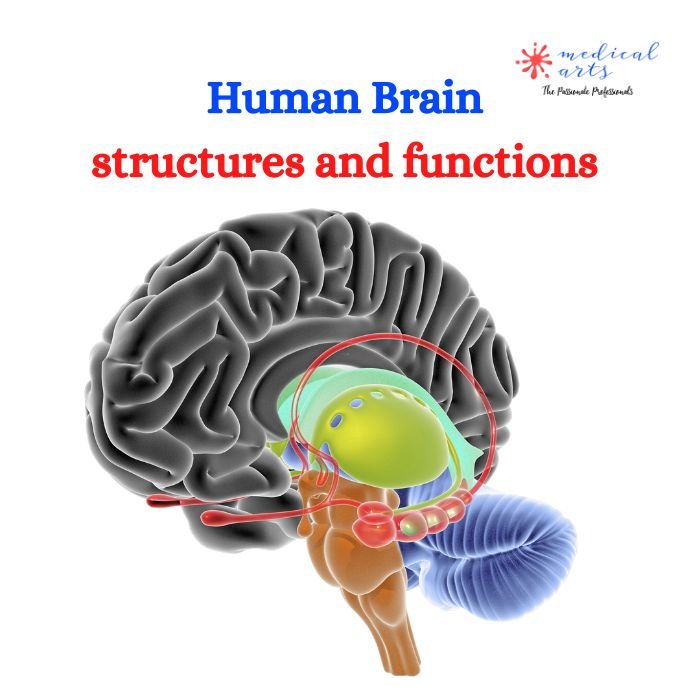NeuroAnatomy - Areas of the brain and functions
The human brain, a complex and fascinating organ, has captured the attention of scientists and researchers for centuries. Its intricate structure comprises numerous interconnected regions, each with its unique function. In this article, we will explore the brain's structure from the outermost layer to the deeper areas, focusing on the limbic system and pons and examining the functions of each region.
The Cerebral Cortex
The brain's outermost layer, the cerebral cortex, is responsible for processing sensory information, initiating motor functions, and coordinating cognitive processes such as thought, language, and memory. The cortex is divided into four main lobes: the frontal, parietal, temporal, and occipital lobes.
- Frontal Lobe: Located at the front of the brain, this lobe controls decision-making, problem-solving, planning, and executing voluntary movements.
- Parietal Lobe: Situated behind the frontal lobe, it is responsible for processing sensory information from the body, such as touch, temperature, and pain.
- Temporal Lobe: Found on the sides of the brain, this lobe is involved in auditory processing, memory, and language comprehension.
- Occipital Lobe: Located at the back of the brain, it is primarily responsible for processing visual information.
The Limbic System
Deep within the brain lies the limbic system, which regulates emotions, motivation, learning, and memory. The significant structures within the limbic system include:
- Amygdala: This almond-shaped structure is crucial for processing emotions, particularly fear and anxiety.
- Hippocampus: Involved in forming and retrieving long-term memories, the hippocampus also plays a role in spatial navigation.
- Cingulate Gyrus: This curved region contributes to emotional regulation, pain perception, and social cognition.
- Hypothalamus: Responsible for maintaining homeostasis, the hypothalamus regulates vital functions such as body temperature, hunger, and sleep.
The Thalamus
The thalamus is a relay station processing and transmitting sensory and motor signals to the cerebral cortex. It also plays a role in regulating consciousness, sleep, and alertness.
The Basal Ganglia
This group of nuclei is involved in coordinating movement and regulating emotions and cognition. Dysfunction of the basal ganglia is often associated with movement disorders such as Parkinson's disease.
The Brainstem
The brainstem, which connects the brain to the spinal cord, is crucial for maintaining essential functions such as breathing, heart rate, and blood pressure. It consists of three main structures: the midbrain, pons, and medulla oblongata.
- Pons: Located in the upper part of the brainstem, the pons serves as a relay between different brain regions. It plays a role in regulating sleep, respiration, facial movements, and taste sensations. The pons also contains the reticular formation, which modulates arousal and alertness.
Conclusion
The human brain is an incredibly intricate organ, with various structures working together to perform multiple functions. Understanding the brain's neuroanatomy and how each region interacts is essential for unlocking the secrets of the mind and addressing neurological disorders. As neuroscience research advances, we will uncover more about the remarkable capacities of our brains.

